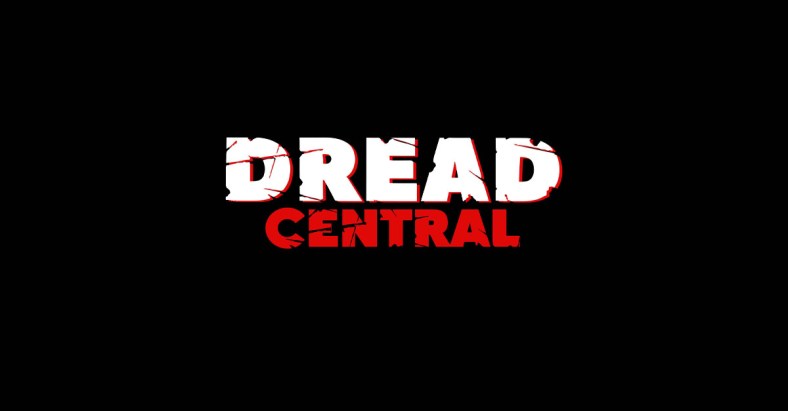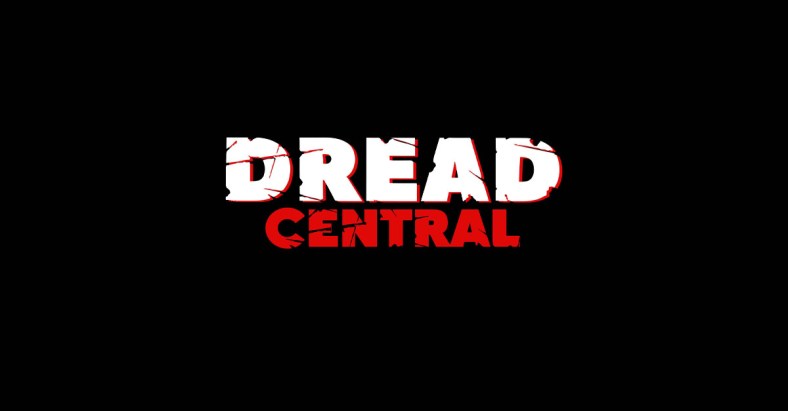Why Salem’s Lot Holds Up – And Why That’s a Miracle

Growing up, Creepshow and Salem’s Lot were my two favorite Stephen King adaptations. And I was growing up in Maine, so I saw just about everything there was to see. I watched everything that had his name on it, but those were the two I kept revisiting the most. Part of what immediately drew me in to this miniseries was my already built-in love of Dracula and vampires in general.
I was an imaginative kid. The idea of vampires invading a small Maine town just like mine was so alluring to me, but also terrifying, because that’s what every single one of these vampires are. They’re ghoulish, frightening monsters. I was just enamored with this movie when I was younger—and I remain so to this day. And I say movie because even though it’s a miniseries, I was introduced to it through the Salem’s Lot: The Movie cut that was widely available on VHS.
To be honest, I almost prefer that version. Not that I don’t love the miniseries as a whole, but watching that slim hour-and-forty minute edition really grabbed and held my attention as a younger viewer. I still got the basics of the characters, who they were and what they were fighting for. Salem’s Lot is in some ways one of King’s most straightforward stories. It’s about a small town invaded by vampires. And it seems almost strange to me that one of King’s more average size novels would get a miniseries the same length as the adaptation of It.

Of course, Salem’s Lot is really about the slow decay of a small town under its own fears, insecurities and inability to admit what’s really happening. Or to admit that there’s even anything wrong at all. For that, you really need something the length of a miniseries to appropriately encapsulate all of the characters and every grisly thing that happens to them. It could even be done as a full-scale television series. That room to breathe becomes necessary when you consider ‘Salem’s Lot itself as a character. Collectively, this small village is one entity dying a slow and painful death before our eyes.
The miniseries does a strong job of showcasing that, allowing us to see not only vampires returning from the grave to attack the living, but things like adultery, domestic violence and everything that goes on in this town that remains untalked about—all of which helps to lead it toward its untimely demise.
But Salem’s Lot shouldn’t work. I say that as a lifelong fan who holds it in my top five King adaptations, easily. It shouldn’t work. It’s a miracle that it’s even half as good as it is. This is a made-for-TV miniseries from the 1970s. It should look cheap, it should look cheesy. It shouldn’t hold up half as well as it does. But while there are certainly some fashion choices that date it, this three-hour low budget production actually holds up stunningly well.

Both George Romero and Larry Cohen were in the running to direct this thing. It ultimately went to another master of horror: Tobe Hooper. But unlike the other two, Hooper’s career really hadn’t taken off yet when he made Salem’s Lot. He hadn’t had anything to really rival the success of Texas Chain Saw Massacre. While Eaten Alive has its fans, it’s nowhere near the raw intensity of his impressive debut. There was every chance for him to drop the ball with this miniseries. But instead, he gave us one of the most impressive entries in his entire filmography.
Salem’s Lot also takes some pretty big liberties with the source material, even if the overall plot is mostly intact. This is always risky when it comes to bring King to the screen. Granted, this was only the second attempt, but even following Carrie there had been a clear pressure to get it right. While the book remains one of my favorites of all time, I have to admit that I understand why they made many of these changes.
One of the more subtle differences would be that the Glick boys are attacked on the way back from Mark Petrie’s house instead of on their way to his house. I think this works on the screen because it establishes his friendship with both of them, which naturally comes in to play layer when one of them appears as a vampire scratching at Mark’s bedroom window. In general, Mark is maybe one of my favorite characters in horror. I completely identified with him as a kid, he was my entry point into this narrative. He loved monsters, he was kind of quiet, but he knew what to do when they showed up—something I probably spent too much time thinking about.
Of course, then there’s Barlow himself. Usually it would be a mistake to take a novel’s antagonist and completely strip him of dialogue. It sounds like the worst idea in the world. Barlow is certainly creepy in the novel as a very direct take on Stoker’s Dracula as he was interpreted in the original text. The version we see in the miniseries is a far cry from that, based much more on Nosferatu but taken to an even more demonic extreme.

As huge a fan of the novel as I am, I think Barlow’s reinterpretation works wonders for the miniseries. The design speaks for itself so well that I think to give him dialogue would have actually ruined it. It would have made a horrific, startling image less impactful. Not only that, but Barlow’s silence in the adaptation gives his servant Straker a much more imposing role in the story as he essentially becomes the “voice” of Barlow and speaks for his master in several scenes.
There’s virtually no reason for Salem’s Lot to have turned out as well as it did and hold up as well as it does. Not only is it one of the most fondly remembered TV productions of its decade, it’s also one of the most beloved Stephen King adaptations. And for my money, it features the scariest vampires to ever hit the screen, big or small. It hasn’t faded into obscurity the way so many other TV hits of its time have done. If anything, I think it’s only just beginning to truly show its longevity.
With its recent debut on Blu-ray, there’s no better time to give it another watch. And if somehow you’ve never seen it before, I definitely urge you to check it out, even with its daunting running time. Even if you think it might not be you’re thing, I think you’ll enjoy Mr. Barlow.
And he’ll enjoy you.
Categorized:News Retrospectives

